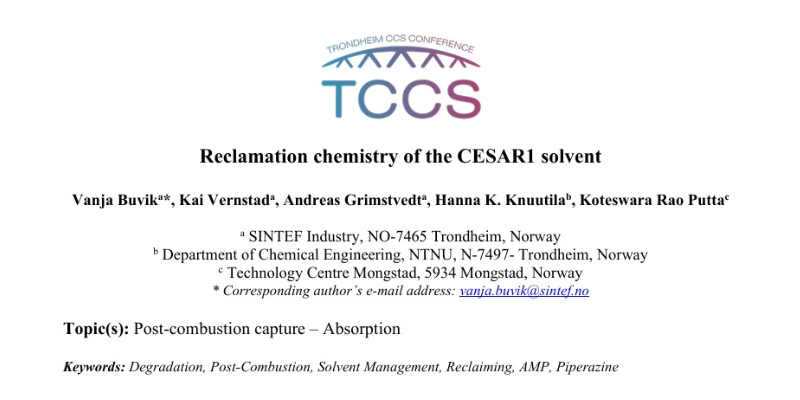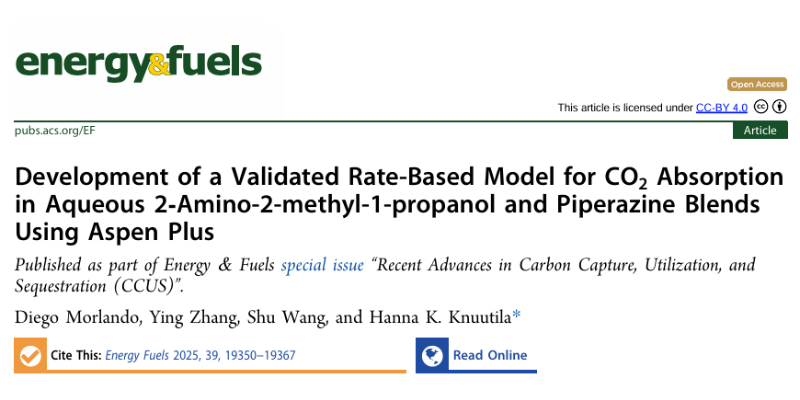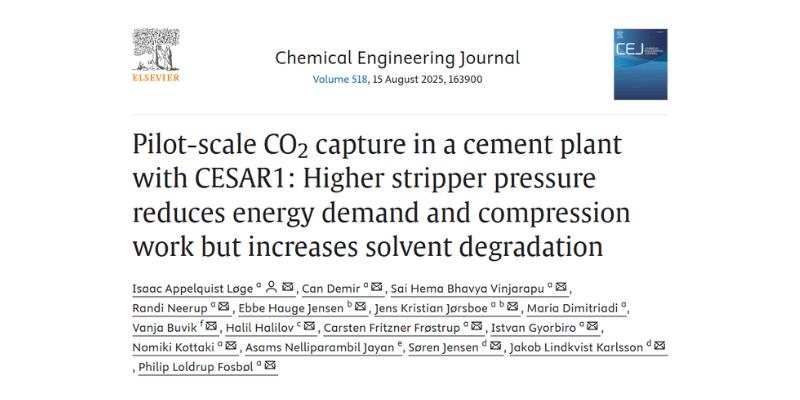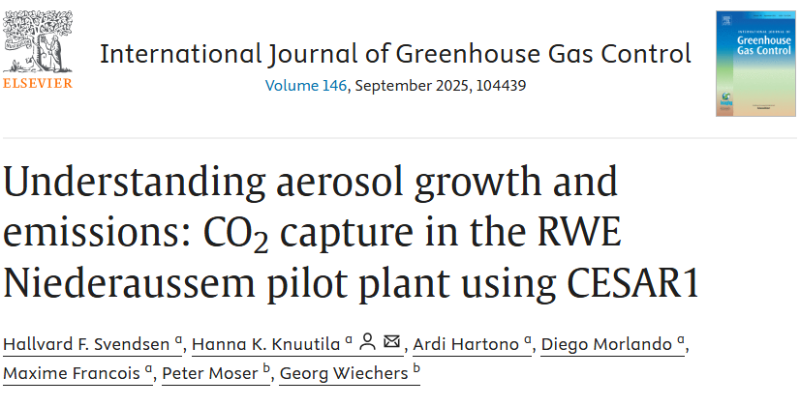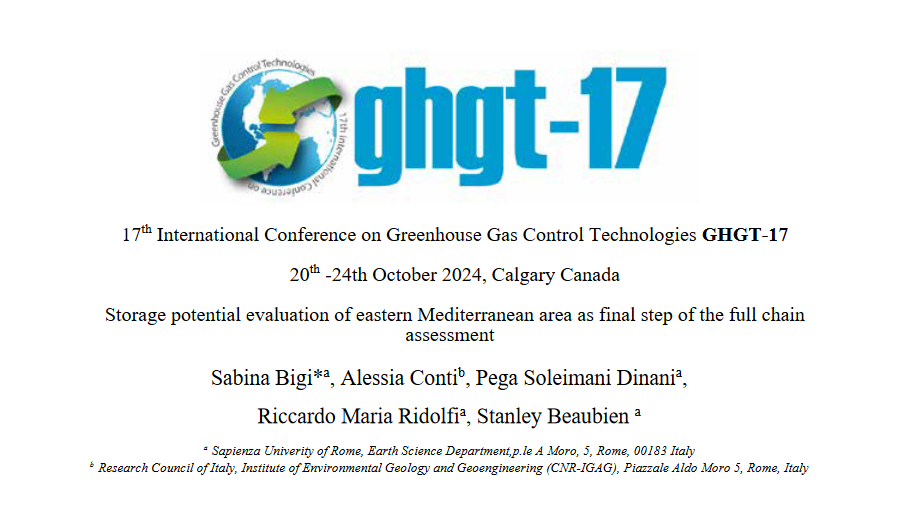Abstract
The CESAR1 solvent is possibly the most popular non-proprietary solvent blend for CO2 capture and has been under thorough investigation in the past decade (Benquet et al., 2021; Buvik et al., 2024a; Campbell et al., 2022; Hume et al., 2022, 2021; Moser et al., 2023, 2021a, 2021b). The Horizon Europe project AURORA, under which this work has been conducted, aims to close the remaining knowledge gaps related to post-combustion CO2 capture with CESAR1 and allow for safe, and cost-effective long-term process operation (Morlando et al., 2024). One of the aspects that is being studied in-depth is solvent degradation, and as a part of this, solvent management techniques like thermal reclaiming. It is expected that some form of solvent reclaiming will be required during long-term industrial operation, both due to degradation of the two solvent amines 2-amino-2-methylpropanol (AMP), and piperazine (PZ), but also because trace impurities from the flue gas may accumulate over time and should be removed to maintain efficient CO2 capture. Thermal reclaiming is widely implemented in natural gas treatment facilities, but also frequently used to regenerate the solvent from post-combustion CO2 capture processes, despite of this process being more chemically complex than conventional gas treating (Bazhenov et al., 2015; Campbell et al., 2022; Flø et al., 2017; Kentish, 2016; Srivastava et al., 2021; Wang et al., 2015).
Keywords: Degradation, Post-Combustion, Solvent Management, Reclaiming, AMP, Piperazine.
Authors: Vanja Buvik, Kai Vernstad, Andreas Grimstvedt (SINTEF Industry), Hanna K. Knuutila (Department of Chemical Engineering, NTNU), Koteswara Rao Putta (Technology Centre Mongstad).
Publication – Development of a Validated Rate-Based Model
Abstract In this work, we developed a new e-NRTL thermodynamic framework for CO2 absorption in aqueous mixtures of 2-amino-2-methyl-1-propanol (AMP)…
Publication – Pilot-scale CO2 capture in a cement plant with CESAR1
Abstract Carbon capture from hard-to-abate industries is essential. This study investigates the effect of stripper pressure on the performance of…
New Publication: Aerosol Modeling in CO2 absorption using CESAR1
We are proud to announce that Hallvard F. Svendsen, Hanna K. Knuutila, Ardi Hartono, Maxime Francois and Diego Morlando at…
Thermodynamic Properties of CO₂ Absorption in CESAR1 — Essential Data for Better Process Modelling
We are proud to announce a new scientific publication from the AURORA project, authored by Diego Morlando, Ardi Hartono and…
Journal Publication – In-Depth Study of CESAR1 Solvent Degradation Under CO₂ Capture Conditions
A new scientific publication based on research from the AURORA project has just been released in the journal Industrial &…
Conference publication – GHGT-17: Viscosity and Density data for the CESAR1 solvent
Abstract Global warming is a major issue that needs to be addressed and limited. The CESAR1 solvent blend has a…
Conference publication – GHGT-17: “Storage potential evaluation of eastern Mediterranean area as final step of the full chainassessment”
The final step in capturing and storing carbon dioxide (CO₂) emissions is geological storage, where CO₂ is injected deep underground…
Understanding Solvent Degradation in CO₂ Capture – CESAR1 Solvent Degradation in Pilot and Laboratory Scale
The fight against climate change requires innovative solutions, and one promising method is CO₂ capture and storage (CCS). CCS involves…
Turning Waste Into Opportunity: Thermal Reclamation Chemistry of Common Amine Solvents
CO2 capture technology is vital for reducing greenhouse gas emissions. But what happens when the chemicals used in this process…
Closing Knowledge Gaps – Density and Viscosity of Unloaded and CO2-loaded Aqueous AMP-PZ blends
AURORA’s latest scientific journal publication provides experimental density and viscosity data on different unloaded and CO2-loaded aqueous blends of 2-amino-2-methyl-1-propanol…

